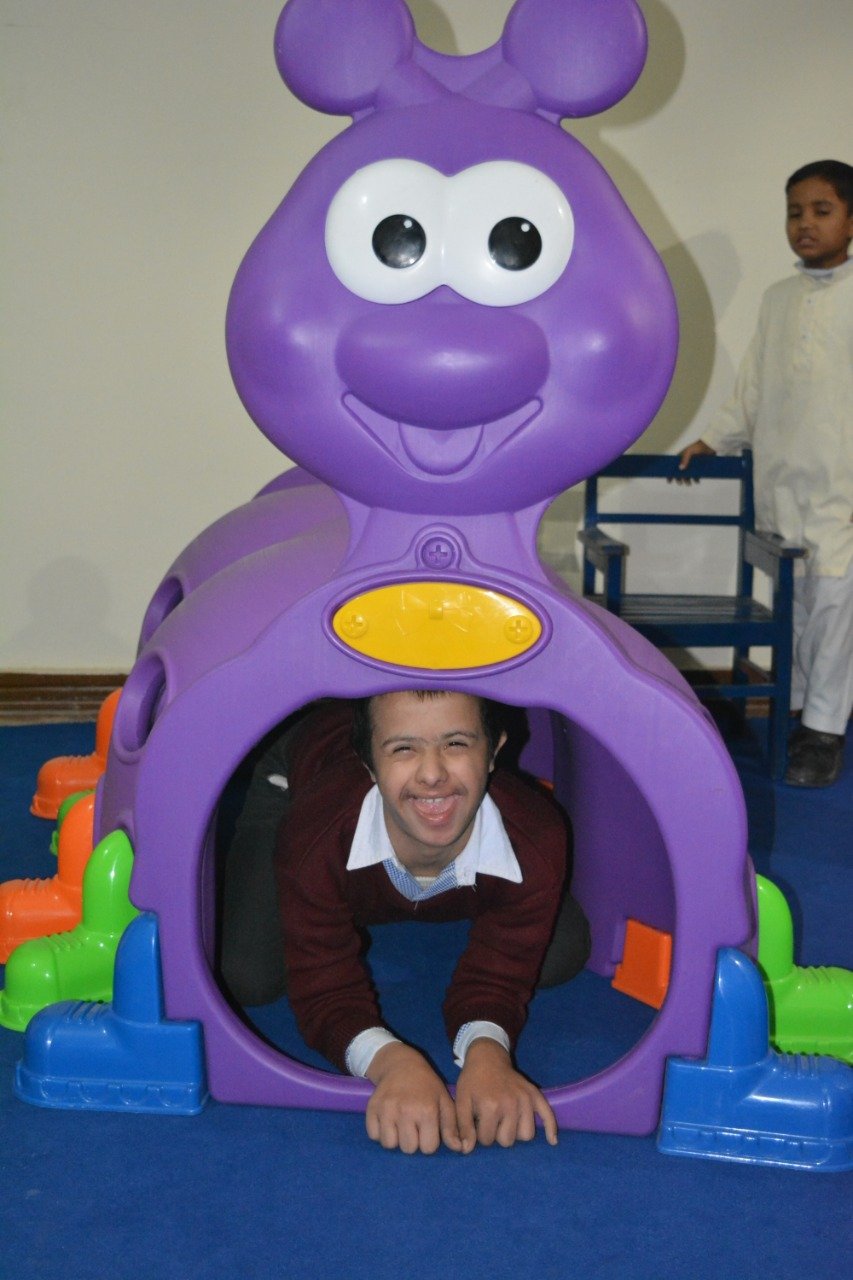
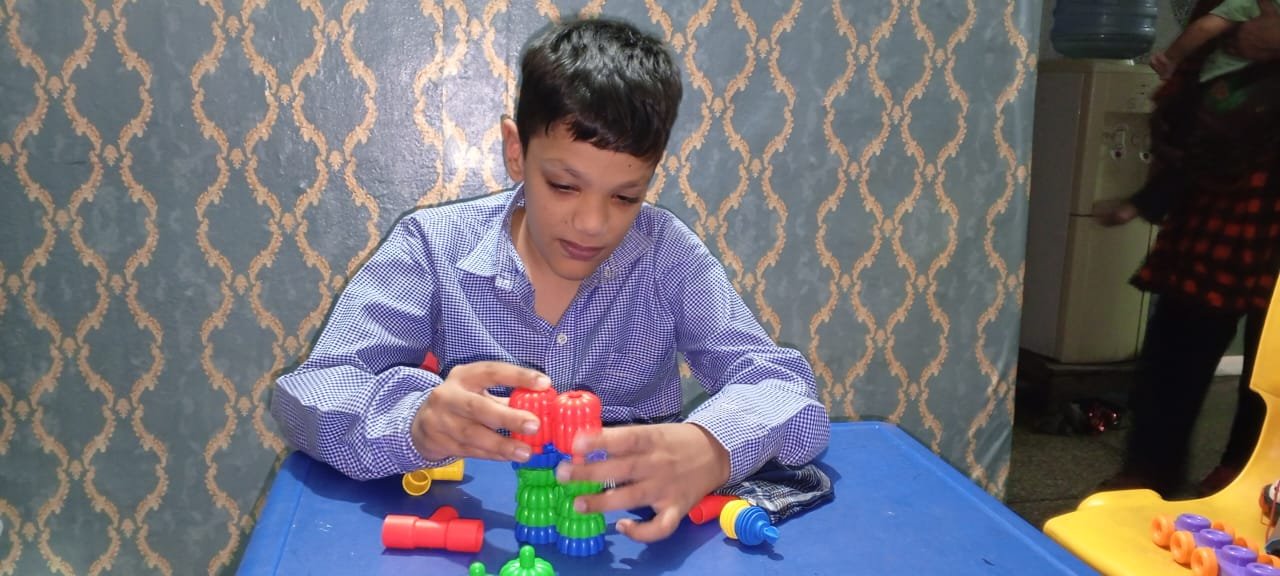





Play. explore. learn. An Organization for Special Kids Inn Lahore

Counselling and Guidance
Counselling and guidance are essential processes in personal, educational, and professional development. Both aim to help individuals understand themselves better and make informed decisions about their lives.
While they are often used together, they have distinct meanings. Guidance is a broader concept that provides direction or advice on issues like education, career, or personal growth. Counselling, on the other hand, is a deeper, more personal process that involves a trained professional helping someone deal with emotional, psychological, or social issues.
Guidance can be preventive and developmental. It helps individuals choose the right educational or career path, develop skills, and improve their decision-making abilities. It is often provided in schools, colleges, and career centres. For example, a student unsure about which subject to choose after high school may seek guidance to explore options based on their interests and abilities.
Counselling is more therapeutic in nature. It involves one-on-one sessions where the counsellor listens actively, understands the client’s problems, and helps them find solutions. It can deal with stress, anxiety, relationship issues, trauma, and other mental health concerns. Counselling builds self-awareness, confidence, and emotional well-being.
Both counselling and guidance play a crucial role in shaping a person’s life. In today’s fast-paced and competitive world, individuals often face confusion, pressure, and stress. Having access to professional support helps them cope better and make choices that align with their goals and values.
In educational settings, integrating guidance and counselling services improves student performance, reduces dropouts, and fosters a healthier learning environment. In workplaces, it can lead to better employee satisfaction and productivity. Ultimately, counselling and guidance empower individuals to lead more balanced and fulfilling lives.

ABA -Therapy
Applied Behavior Analysis (ABA) therapy is a scientific approach used to understand and improve behaviors, especially in individuals with developmental disorders such as Autism Spectrum Disorder (ASD).
It focuses on how behavior works, how it is affected by the environment, and how learning takes place. ABA is widely recognized as an effective treatment for children with autism and is used across the world.
ABA therapy involves breaking down complex skills into smaller, manageable steps and teaching them systematically using positive reinforcement. This means that desired behaviors are rewarded, which increases the chances of those behaviors being repeated. For example, if a child learns to say “thank you” and receives praise or a small reward, they are more likely to repeat the behavior.
Therapists using ABA first conduct a detailed assessment of the individual to understand their strengths, challenges, and behavioral patterns. Based on this, a personalized intervention plan is developed. The therapy can focus on improving communication, social skills, academic performance, daily living skills, and reducing harmful or disruptive behaviors.
One of the key features of ABA is that it is data-driven. Progress is measured continuously, and strategies are adjusted as needed to ensure the best outcomes. The therapy can be delivered in various settings such as homes, schools, or clinics, and it often involves collaboration between therapists, parents, and teachers.
While ABA therapy is especially beneficial for children with autism, it can also be used to help people with other behavioral or developmental challenges. It teaches practical skills that can lead to greater independence and improved quality of life.
In summary, ABA therapy is a structured, evidence-based approach that supports behavior change and skill development, helping individuals reach their full potential.

Speech Therapy
Speech therapy is a specialized treatment that helps individuals improve their communication skills. It is provided by trained professionals called speech-language pathologists (SLPs). .
Speech therapy is useful for people of all ages, especially children with speech delays or adults with speech disorders due to injury or illness.
The main goal of speech therapy is to help individuals speak clearly, understand and express language, and improve their ability to communicate effectively. It also addresses problems related to voice, fluency (like stuttering), pronunciation, and swallowing disorders.
In children, speech therapy often focuses on helping them develop proper speech and language skills. This can include learning how to pronounce sounds correctly, building vocabulary, improving sentence structure, and enhancing listening skills. Children with autism, Down syndrome, or developmental delays often benefit greatly from speech therapy.
In adults, speech therapy can help after events such as stroke, brain injury, or neurological diseases like Parkinson’s. Therapy may focus on rebuilding language skills, improving speech clarity, or strengthening muscles involved in speaking and swallowing.
Speech therapy sessions are usually tailored to the individual’s needs. They may involve activities like repeating sounds and words, playing language games, reading aloud, using visual aids, or practicing conversations. The therapist may also give exercises to be done at home to enhance progress.
Early intervention is very important in speech therapy, especially for children. The earlier a speech or language issue is identified and treated, the better the outcome.
In conclusion, speech therapy plays a vital role in helping individuals communicate effectively, which is essential for personal, educational, and social development. With proper guidance and regular practice, many people show significant improvement in their communication skills through speech therapy.

Child Physiotherapy
Child physiotherapy, also known as pediatric physiotherapy, is a specialized branch of physiotherapy that focuses on improving the physical abilities and movement skills of infants, children, and adolescents.
MCR Society Inn Lahore It helps children who have physical challenges due to injury, illness, developmental delays, or congenital conditions.
The main goal of child physiotherapy is to help children achieve their maximum potential in movement and function. It supports the development of motor skills such as crawling, walking, balancing, coordination, and posture. It also helps in building strength, flexibility, and endurance.
Children who may benefit from physiotherapy include those with conditions like cerebral palsy, muscular dystrophy, developmental delay, Down syndrome, spina bifida, or after an injury or surgery. Early intervention is crucial because a child’s body and brain are still developing, and therapy can significantly improve their long-term outcomes.
A pediatric physiotherapist first assesses the child’s physical abilities, muscle strength, joint flexibility, and movement patterns. Based on this assessment, a customized therapy plan is created. Therapy may include fun and engaging exercises, stretching routines, balance activities, massage, and the use of equipment like balls, mats, or walkers.
Therapy sessions are designed to be playful and interactive, keeping the child motivated and comfortable. In many cases, parents are also guided on how to continue exercises at home, ensuring consistent progress.
Child physiotherapy not only improves physical function but also boosts the child’s confidence, independence, and participation in daily activities like playing, schooling, and social interaction.
In conclusion, child physiotherapy is an essential therapy that supports a child’s physical development and overall well-being. With early and regular physiotherapy, many children can overcome physical limitations and lead active, fulfilling lives.

Hydrotherapy
Hydrotherapy, also known as aquatic therapy or water therapy, is a therapeutic method that uses water to relieve pain, improve physical function, and promote overall well-being. It involves performing specific exercises and movements in warm water under the guidance of a trained therapist.
The key benefit of hydrotherapy is that water supports the body, reducing the stress on joints and muscles. This makes it easier and less painful for individuals to move, especially for those recovering from injury, surgery, or dealing with conditions like arthritis, cerebral palsy, or muscle weakness. The warmth of the water also helps relax muscles, reduce stiffness, and improve blood circulation.
Hydrotherapy is suitable for people of all ages, including children, adults, and the elderly. In children, it is especially useful for those with developmental delays, physical disabilities, or neurological conditions. The water environment can also be fun and motivating for kids, making therapy more enjoyable and effective.
Therapy sessions are typically held in a special heated pool. Exercises may include walking, stretching, floating, or balance activities. The resistance provided by the water helps in building strength and improving coordination, without causing strain on the body.
Hydrotherapy is also known to promote mental relaxation. Being in water can reduce anxiety, boost mood, and increase confidence, especially for individuals struggling with physical limitations.
A professional physiotherapist or occupational therapist usually designs a personalized hydrotherapy program based on individual needs and goals. Safety is a priority, and all sessions are closely monitored.
In conclusion, hydrotherapy is a gentle yet powerful therapy that helps improve movement, relieve pain, and support recovery. Its calming and low-impact nature makes it ideal for people with various physical and neurological conditions.
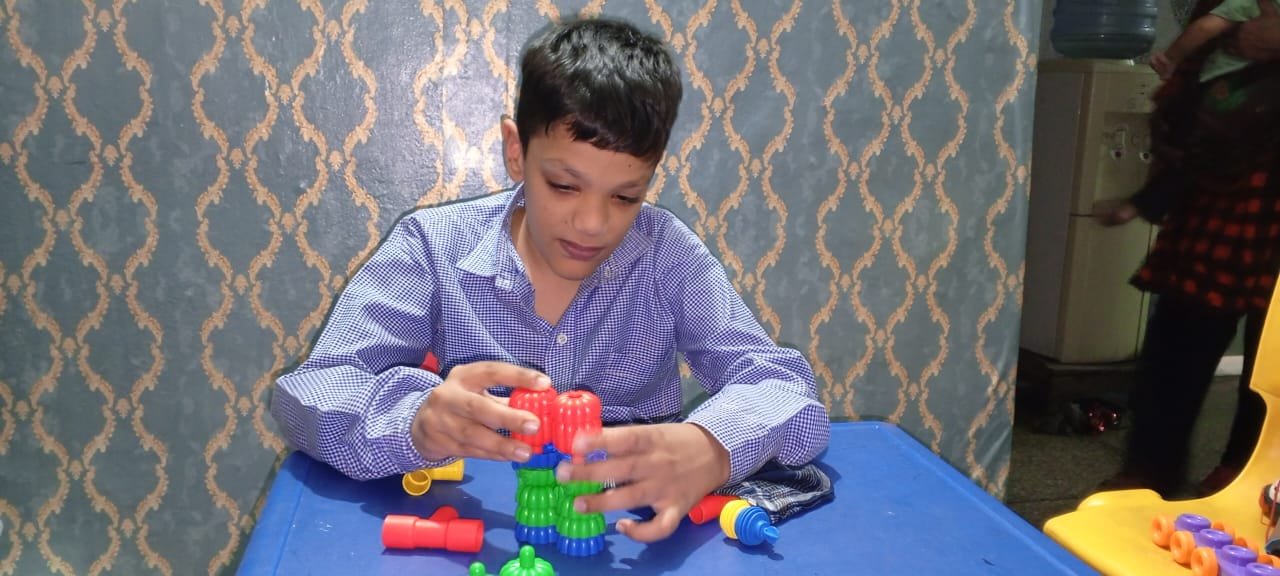
Occupational therapy
Occupational therapy is a healthcare profession that helps individuals of all ages develop, recover, or maintain the skills needed for daily living and working.
It focuses on enabling people to participate in everyday activities (also called “occupations”) that are important to them, despite physical, mental, or developmental challenges.
The main goal of occupational therapy is to promote independence and improve the quality of life. For children, this may involve helping them develop fine motor skills, improve attention and coordination, or learn how to dress, eat, and write. For adults, therapy may help after an injury, surgery, or illness like a stroke. It also supports elderly individuals in maintaining independence in daily routines.
Occupational therapists (OTs) begin with an assessment to understand a person’s strengths, challenges, and goals. Based on this, they create a personalized treatment plan that may include exercises, adaptive techniques, or the use of assistive tools. Therapy can take place in homes, schools, hospitals, or specialized clinics.
In children, occupational therapy is often used for developmental delays, autism spectrum disorder, cerebral palsy, sensory processing disorders, or learning disabilities. Activities may include puzzles, crafts, balance tasks, or games that help build physical and cognitive skills in a fun and engaging way.
For adults, OTs may assist with regaining daily life skills such as cooking, bathing, or returning to work. They may also suggest home modifications or tools to make tasks easier and safer.
Occupational therapy not only improves physical ability but also boosts confidence, emotional well-being, and social interaction. It empowers individuals to live as independently and actively as possible.
In conclusion, occupational therapy plays a vital role in supporting individuals to lead meaningful lives by helping them perform daily tasks with ease and confidence.
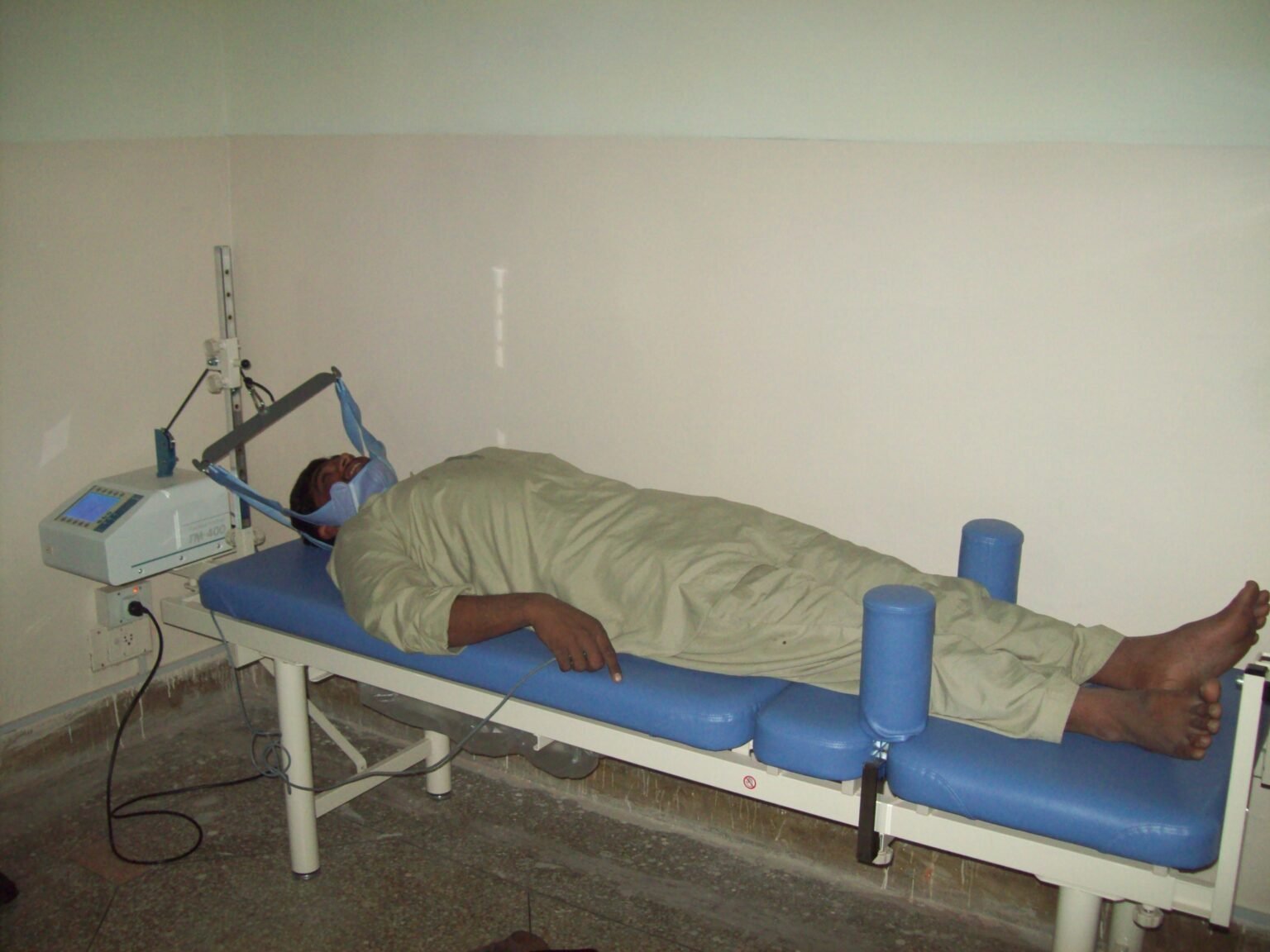
Adult Physiotherapy
Adult physiotherapy is a branch of physical therapy focused on helping adults recover from injuries, manage chronic conditions, and improve overall physical function. It plays a crucial role in enhancing mobility, reducing pain, restoring strength, and promoting a healthier lifestyle.
Adults may need physiotherapy for various reasons, such as back and neck pain, joint problems, sports injuries, arthritis, post-surgical recovery, stroke rehabilitation, or neurological conditions like Parkinson’s disease and multiple sclerosis. Physiotherapy is also helpful in managing lifestyle-related conditions such as obesity and posture-related issues caused by prolonged sitting or sedentary work.
The process begins with a detailed assessment by a physiotherapist to understand the individual’s physical condition, limitations, and goals. Based on this, a personalized treatment plan is created. Treatment may include exercises to improve strength, flexibility, and balance, along with techniques like manual therapy, dry needling, ultrasound therapy, or electrotherapy.
In addition to pain relief, adult physiotherapy focuses on restoring function and preventing further injury. For example, after a knee replacement surgery, physiotherapy helps in regaining movement and building muscle strength for safe walking. In stroke patients, it aids in improving coordination, motor control, and independence in daily activities.
Physiotherapists also educate patients on proper body mechanics, posture, and home exercises to support long-term recovery and prevent recurrence. In many cases, lifestyle changes like regular exercise, weight management, and ergonomic advice are also recommended.
In conclusion, adult physiotherapy is a valuable treatment approach for anyone looking to improve physical health, recover from illness or injury, and maintain independence. With regular sessions and the right guidance, adults can enjoy better mobility, reduced pain, and a more active, fulfilling life.

Psycological Assessment
Psychological assessment is a structured process used by psychologists to understand an individual’s mental, emotional, behavioral, and cognitive functioning. It helps in diagnosing psychological disorders, understanding personality traits, and planning effective treatment or support strategies.
This assessment is useful for people of all ages—children, adults, and the elderly—and is often conducted when someone is facing difficulties in learning, behavior, relationships, emotional control, or mental health. Common areas where psychological assessments are used include anxiety, depression, ADHD, autism, learning disabilities, personality disorders, and memory problems.
The process involves various tools and techniques such as interviews, standardized tests, questionnaires, observation, and case history. These tools help gather detailed information about how a person thinks, feels, and behaves in different situations. For example, intelligence tests (IQ tests), personality tests, emotional and behavioral assessments, and neuropsychological tests are commonly used.
A trained psychologist interprets the results carefully, considering the individual’s background, environment, and current situation. The outcome of the assessment is usually shared in the form of a report, which includes findings, diagnosis (if any), and recommendations for therapy, education, or lifestyle changes.
Psychological assessment is not about labeling someone—it is about understanding the root of their challenges so they can receive the right support. In children, it can guide special education needs or therapy plans. In adults, it helps in managing stress, mental health issues, or workplace challenges.
In conclusion, psychological assessment is a valuable tool that provides deep insights into an individual’s mental and emotional health. It plays a key role in promoting personal growth, improving relationships, and guiding effective treatment.
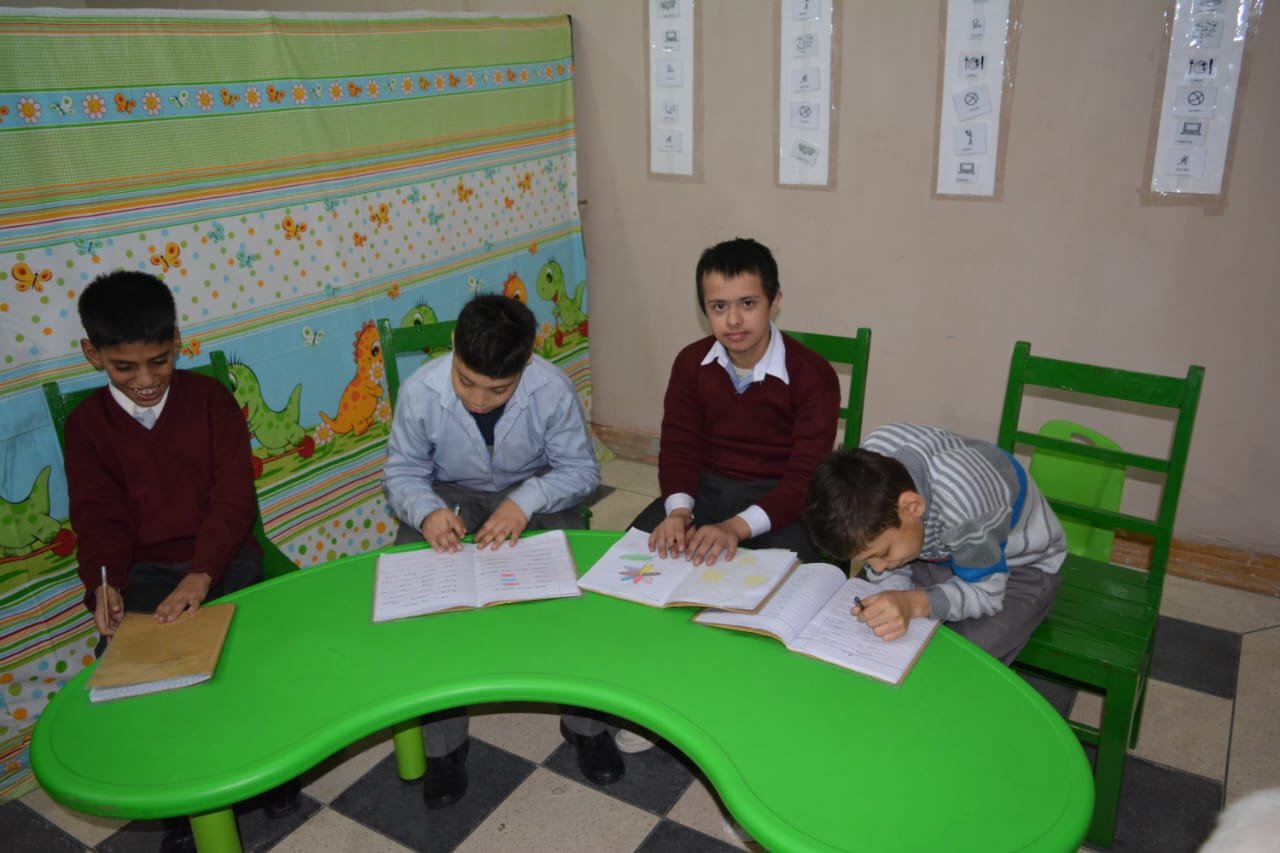
Special Education
Special education is a form of education designed to meet the unique needs of children with disabilities or learning difficulties. It provides tailored teaching methods, resources, and support to help students reach their full potential, both academically and socially.















